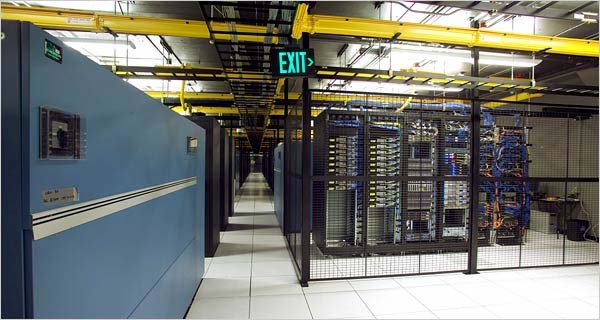|
SPECIAL INFORMATICS SCHOOL IMPACTS
All that information speeding round the world has environmental impacts. There are increasing warnings about the little-known environmental impact of computer and internet use. We tend to click away thinking it is all carbon zero, with no environmental impact.
Yet, if you Google twice, this produces about the same amount of carbon dioxide as boiling a kettle. A typical search through the online giant's website is thought to generate about 7g of carbon dioxide. Boiling a kettle produces about 15g. More on Google and the Green Web for the detailed calculations.
The emissions are caused both by the electricity required to power a user's computer and send their request to servers around the world. Microsoft and Cisco are eying Iceland for green server farms, as it requires less energy to keep the computers cool, and what energy is used will be geothermal. Cultivating Server Farms

IT now causes about two per cent of global CO2 emissions and its carbon footprint exceeds that of the world's aviation industry since 2007. Browsing a basic website generates about 0.02g of CO2 for every second it is viewed. Websites with complex video can be responsible for up to 0.2 g per secondsite. Websites are provided by servers and are viewed by visitors' computers that are connected via networks. More at CO2stats.com & Computing Climate Change
|
![]() Raw materials and
Raw materials and ![]() Energy, needs
Energy, needs ![]() Food and
Food and ![]() Transport, and produces
Transport, and produces ![]() Waste.
Waste. 